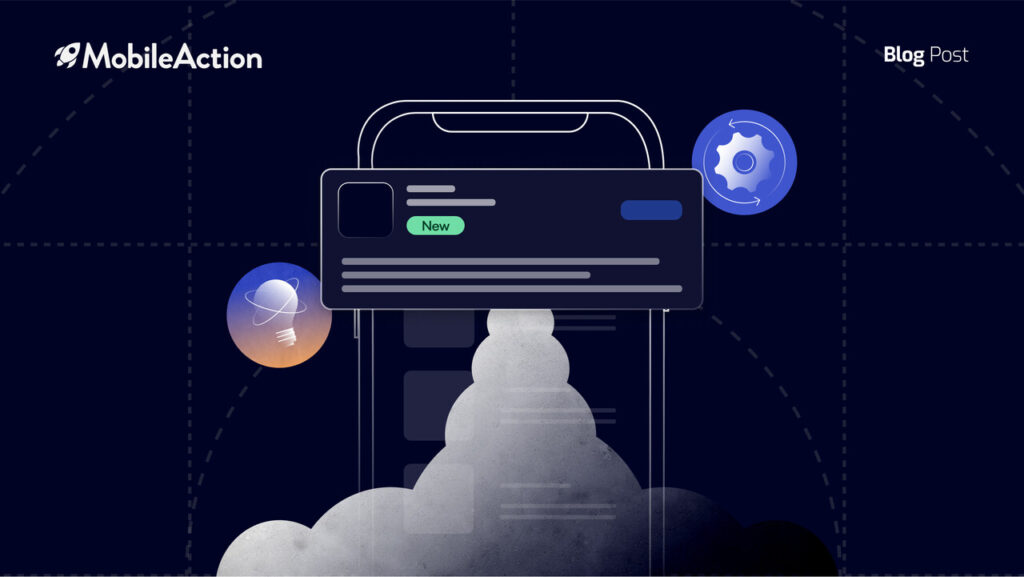User reviews are an important reflection of customers’ perspectives. Satisfying every single customer is impossible for any company. This rings so true when it comes to optimizing mobile apps. Keeping all your reviews positive is also impossible for app developers.
For any mobile app developer, nothing is more discouraging than receiving a negative review for their hard work in the app stores.
At first, it’s easy to ignore or dismiss such reviews, hoping you don’t accumulate too many. However, negative reviews present an opportunity that, if handled properly, can be turned into invaluable customer insights.
In this blog, we’ll share a step-by-step process for how to respond to negative app reviews that result in a better product and stronger customer relationships.
By learning to appreciate critical feedback, you’ll soon find that even one-star reviews can help guide your app development in the right direction.
Check out one of our previous articles to learn more about the impact of app ratings & reviews on App Store Optimization:
- App Reviews To-Do List: How to Improve App Ratings Organically
- From 0 to 10,000 Reviews: 7 Tips to Collect In-App Feedback Like a Pro
- What Happened to the Robinhood’s Ratings?
- How Do App Reviews and Ratings Affect Your ASO Strategy?
Introduction: reasons for negative app reviews
You should be aware of some common reasons for receiving negative app reviews in order to fully utilize the opportunities provided by them.
There are three main reasons for receiving negative app reviews from an unfavorable user experience.
- UI issues: In some cases, you may come up with an app that has the ultimate potential to connect with your user’s expectations. However, the problematic user interface may prevent your app from reaching its full potential. A weak UI will inevitably mean unsatisfied customers, mostly followed by negative app reviews.
- Glitches, bugs, crashes: Another important factor in an app’s success is consistency regarding glitches, bugs, and crashes. Once again, you may have the ultimate solution for your user’s needs in the form of an app with an impressive, user-friendly UI. Still, if your app is constantly crashing, this will inevitably hinder your user’s satisfaction with the app. If this is the case, expect negative app reviews!
- Lack of customer support: You will make a huge mistake if you think your relationship with your users ends after you convince them to download your app. This is just the beginning of your never-ending interaction with your customers. When there is a problem or situation the customer wishes to be vocal about, poor customer support can translate into negative app reviews.
Embracing negative app reviews: How can they be useful
After you learn about the common reasons for negative app reviews, you should do your best to avoid them by constantly improving your app.
However, you shouldn’t use your dedication or focus towards your app just because hearing about some unsatisfied customers. You should realize that negative app reviews are hidden gems!
First, you should know that negative app reviews are different from having a bad app. So, there is no need to panic.
All kinds of app reviews will be essential for constant improvement during your app’s lifecycle.
While positive reviews will only show that you are on the right track, negative app reviews can guide you through areas for improvement.
In other words, a negative review is an organic opportunity to improve your app to satisfy your users.
Rather than a source of demotivation, it is honest feedback based on user experience.
How to respond to a negative review
Now that you are confident you should not fear receiving a negative review, we will briefly mention how to respond to negative app reviews.
With this step-by-step approach, you can learn much from a negative review and minimize your chance of receiving similar complaints in the long run.
Do not panic & take responsibility
As the blog mentions, negative app reviews should not shatter your dreams, so don’t panic.
After being cool with receiving lousy app reviews, you should be confident about taking full responsibility.
In other words, embrace the user feedback without activating an aggressive defense mode.
Understand the issue & focus
The next step is understanding the complaint. The negative review is mainly caused by one of the three common reasons mentioned previously. Identify the core problem and focus on the heart of the matter.
Make research & solve the problem
Now that you know the key problem causing negative app reviews, you should research to eliminate it. The length of this phase can change depending on the seriousness* of the issue.
Some UI-based negative app reviews can be more time-consuming than customer support-related problems. Do your research, learn how to improve, and iterate accordingly.
Keep your users updated
After you make specific improvements based on negative app reviews, let your audience know about these new additions. Your users will be more than happy to realize that their feedback is being valued, so keep them updated.
Now that you know how to respond to negative app reviews, let’s learn more!
Negative app reviews: The silver lining
As an app publisher, try to imagine a life without feedback. You would be missing valuable, honest, and accurate feedback.
With a step-by-step systematic process, you should handle a negative review.
Remember that some of the core reasons for negative app reviews, such as frequent crashes, can also negatively influence your category rankings directly and indirectly.
It is known that Google Play Store hesitates to rank apps with performance problems, even if they have favorable download rates.
An app with poor UI or customer support will also have problems keeping and converting users.
Thanks to negative app reviews, you can learn how to improve your app and get better rankings organically. Therefore, it is safe to assume that a negative review is a silver lining!
The bottom line
We hope you enjoyed our blog about how to respond to negative app reviews. As you can see, they can provide valuable feedback for your ASO strategy.
With its Review Analysis feature, App Intelligence helps you to get quick and accurate insights.
To start leveraging App Intelligence, sign up for free, gain access to valuable insights, and unlock the power of leveraging users’ feedback.




